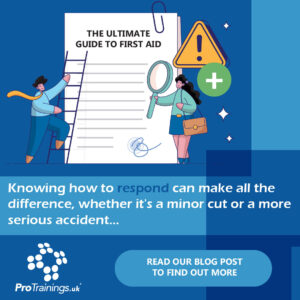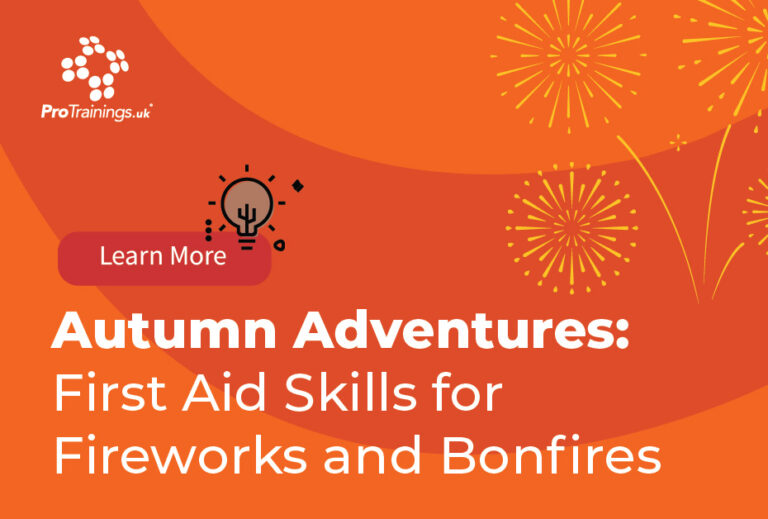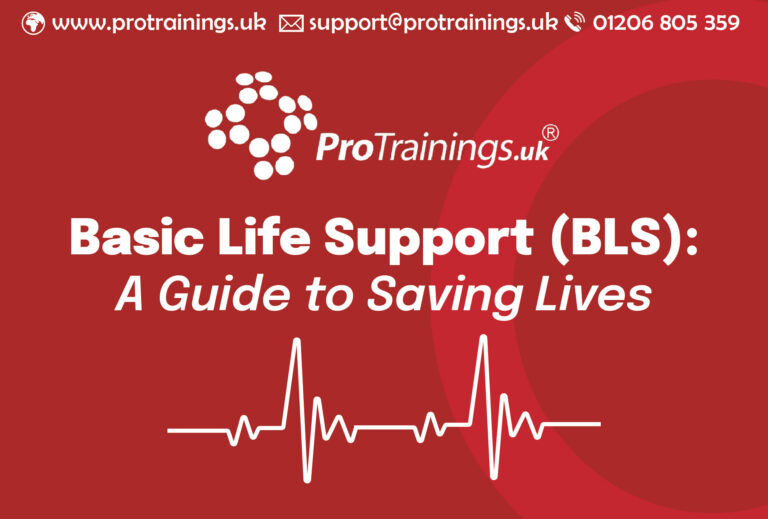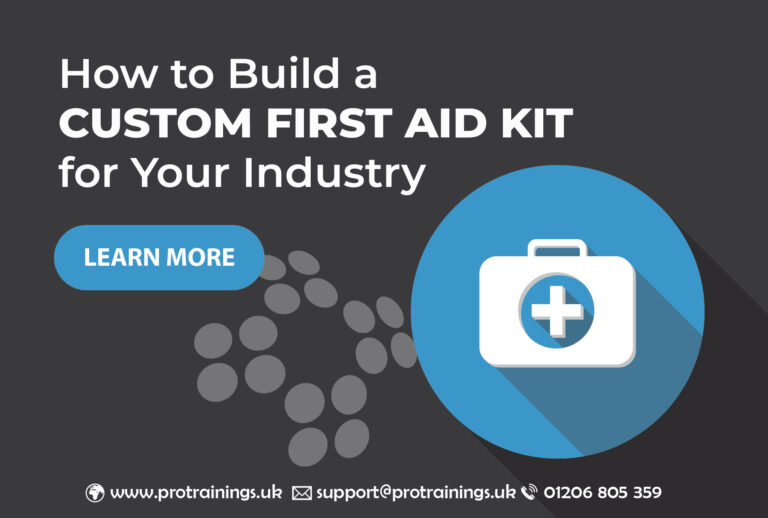The Ultimate Guide to First Aid: What Every Household Should Know
Every household in the UK should be prepared for emergencies, and one of the most essential aspects of this preparation is understanding basic first aid. Knowing how to respond can make all the difference, whether it’s a minor cut or a more serious accident. This guide covers everything you need about first aid to keep your family safe.
What Is First Aid?
First aid refers to the immediate care given to someone injured or suddenly taken ill before professional medical help is available. It can range from simple techniques, like applying a bandage, to more complex procedures, such as performing CPR. First aid aims to preserve life, prevent the condition from worsening, and promote recovery.
Essential Items for Your First Aid Kit
Every UK household should have a well-stocked first aid kit. Here’s what you need:
- Plasters in a variety of sizes and shapes
- Sterile gauze dressings
- Bandages
- Safety pins
- Disposable sterile gloves
- Tweezers
- Scissors
- Alcohol-free cleansing wipes
- Thermometer
- Adhesive tape
- Painkillers such as paracetamol or ibuprofen
- Antihistamine cream for insect bites and stings
- Eyewash and eye bath
- First aid manual or instruction booklet
Ensure that all items are within their expiry date, and replenish your kit regularly.
Basic First Aid Procedures
Knowing how to perform basic first aid can be life-saving. Here are a few essential procedures every UK household should know:
- CPR (Cardiopulmonary Resuscitation): If someone is unresponsive and not breathing, call 999 and start CPR immediately. Place the heel of one hand on the centre of the person’s chest, place your other hand on top, and interlock your fingers. Press down firmly and smoothly (about 5-6cm deep) at a rate of 100-120 compressions per minute. After 30 compressions, give 2 rescue breaths if you are trained to do so, and continue until help arrives.
- Treating a Burn: Cool the burn under cold running water for at least 20 minutes. Cover it with cling film or a clean plastic bag. Burn dressings can help cool a burn when water is not available. Do not apply creams or ice. Seek medical help for more serious burns.
- Dealing with Choking: If someone is choking and unable to speak or cough, stand behind them, lean them forward, and give up to 5 sharp back blows between their shoulder blades with the heel of your hand. If that doesn’t work, perform the Heimlich manoeuvre by standing behind the person, placing your arms around their waist, and pulling inward and upward just above their belly button.
- Bleeding: Apply direct pressure to the wound with a clean cloth or bandage to stop the bleeding. Keep the injured area raised if possible, and seek medical help if the bleeding doesn’t stop or the wound is severe.
- Fractures and Sprains: If you suspect a fracture, immobilise the area by using a splint or sling and seek medical help immediately. For sprains, apply the R.I.C.E. method: Rest, Ice, Compression, and Elevation.
When to Seek Professional Help
Not every injury can be handled at home. Here’s when you should call for professional help:
- If the person is unresponsive or not breathing
- Severe bleeding that doesn’t stop with pressure
- Suspected broken bones
- Serious burns or scalds
- Signs of a heart attack, stroke, or severe allergic reaction (anaphylaxis)
- Any condition that seems life-threatening
Conclusion
Having basic first aid knowledge is crucial for every household in the UK. With the right skills and a well-stocked first aid kit, you can handle many common emergencies confidently. Remember, the key is to stay calm, act quickly, and seek professional help when necessary.
For more information on first aid training see our first aid courses page and for first aid equipment.





